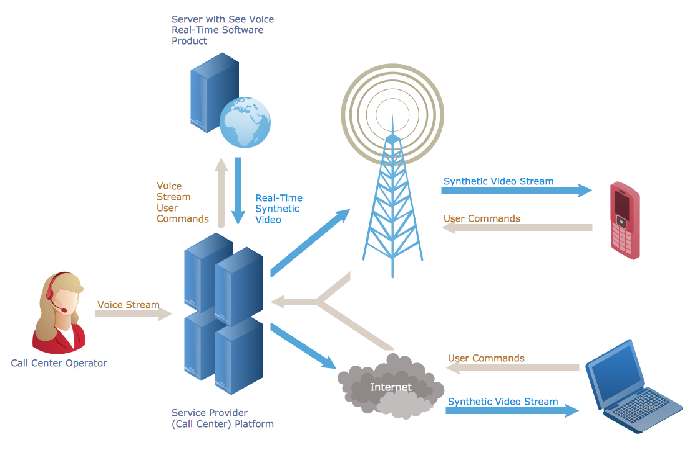Telecommunications
Telecommunications is known as they exchange information over considerable distances by electronic means and refer to all types of video, voice, and data transmission.

It is a broad term that includes a wide range of information transmission technologies.
Such as telephones (wired and wireless), microwave radio-link communications, fiber optics, satellites, radio and television transmissions, the Internet, and telegraphs.
Etymology
From the etymological point of view conferring to the online etymological dictionary, telecommunications comes from the Greek prefix “tele.”

Which means distance, and from the Latin “communicate,” which means to share, its everyday use comes mainly from an adaptation of French, given that it was the French engineer and novelist Édouard Estaunié who used it for the first time in his writings in 1904.
Definition of Telecommunications
According to the Oxford English dictionary, telecommunications are communication over a medium: cable, telegraph, telephone, or radio broadcasting.
On the other hand, the RAE describes it as a system for the remote transmission and reception of signals of various kinds by electromagnetic means.
Irrespective of the standard through which it transmits, telecommunications are defining as the communication between at least two points in different places.
If we rely on the ITU definition, telecommunications is the transmission of signals, signs, messages, words, writings, sounds, images, or information of any kind through cables, radio, optical media, or electromagnetic systems.
Telecommunications occur when there is an exchange of information between two participants through the use of technology.
Start of Telecommunications
- Telecommunications began centuries ago.
- The first signs were discovered in Africa, where information was transmitted through smoke signals and drums.
- Later in the 1830s electrical telecommunications systems were invented.
- Samuel Morse developed the first electronic communications system in 1837.
- He used electromagnetic induction to transfer information in dots, lines, and spaces between a simple transmitter and receiver.

- Using a transmission line that consisted of a length of a metallic conductor. He called his invention the telegraph.
- In 1876, Thomas A. Watson and Alexander Graham Bell were the first to successfully transfer human conversation over a simple wireline communications system, which they called the telephone.
- This can be transmitted by electrical, optical means or through the air using electromagnetic waves.
- The Latin term “communication” considers the social process of information exchange.
- The term Telecommunications is often use in the plural because it involves several technologies.
- Modern electronic communication systems include wireline, microwave, satellite systems, and fiber optic systems.
Stages of a Telecommunication System
A single complete telecommunication circuit consists of two stations, each equipped with a transmitter and a receiver. The transmitter and receiver at any station can be combine into a single device a transceiver.

And also, The signal transmission medium can be through an electrical cable or wire (also known as “copper”), fiber optics, electromagnetic fields, or light.
However, The transmission of free space and the reception of data using electromagnetic fields is wireless communications.
Types of Telecommunications Networks
Moreover, The modest form of telecommunications occurs between two stations, but it is typical for multiple transmitting and receiving stations to exchange data.
However, The Internet is the most significant example of a telecommunications network.
On a smaller scale, examples include:
- Corporate and academic wide-area
- Networks Cellular networks
- Networks (WANs) Telephone
- Taxi dispatch networks.
- Police and fire communications systems.
- Groups of amateur radio amateurs.
- Transmission networks





